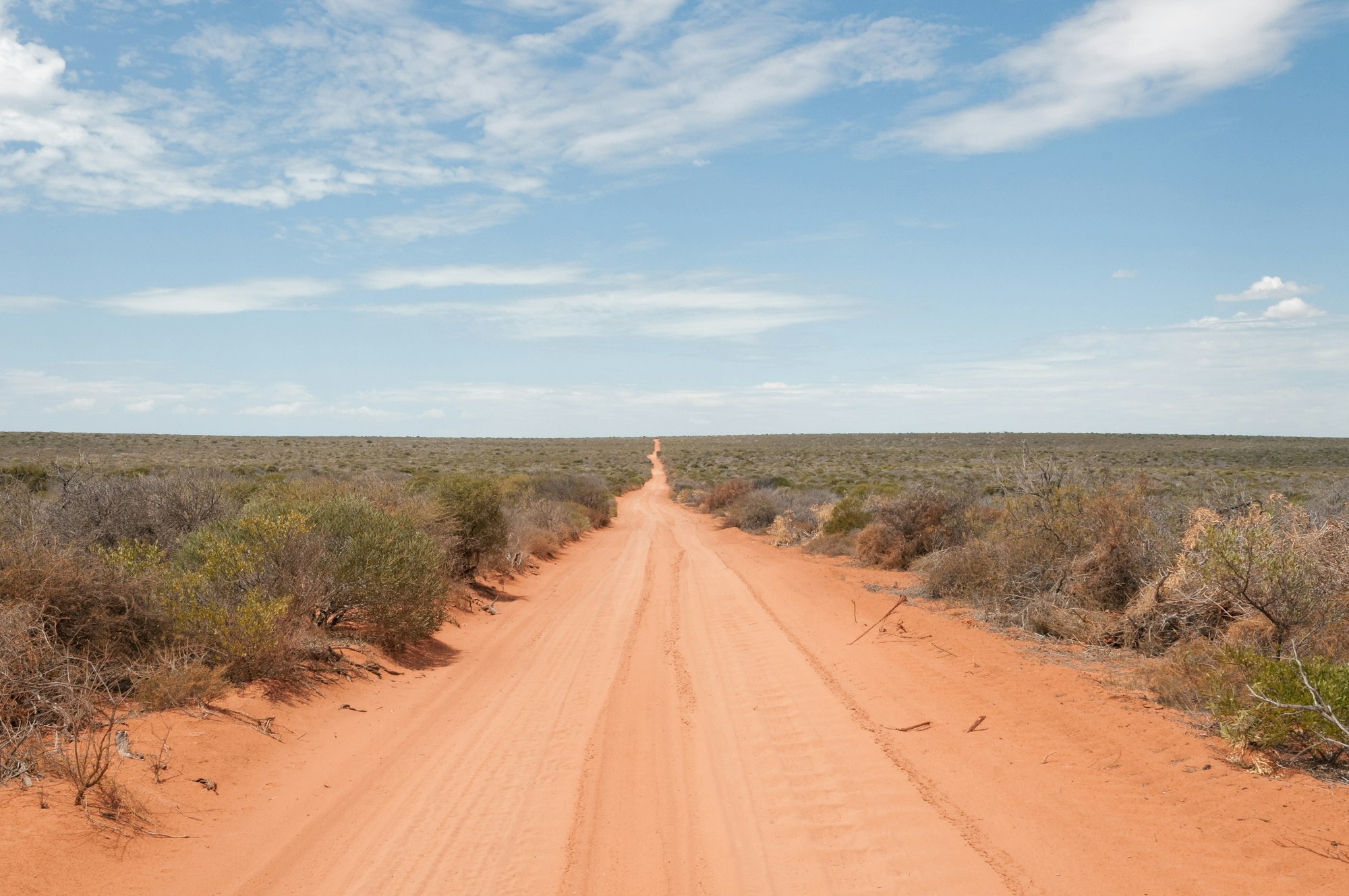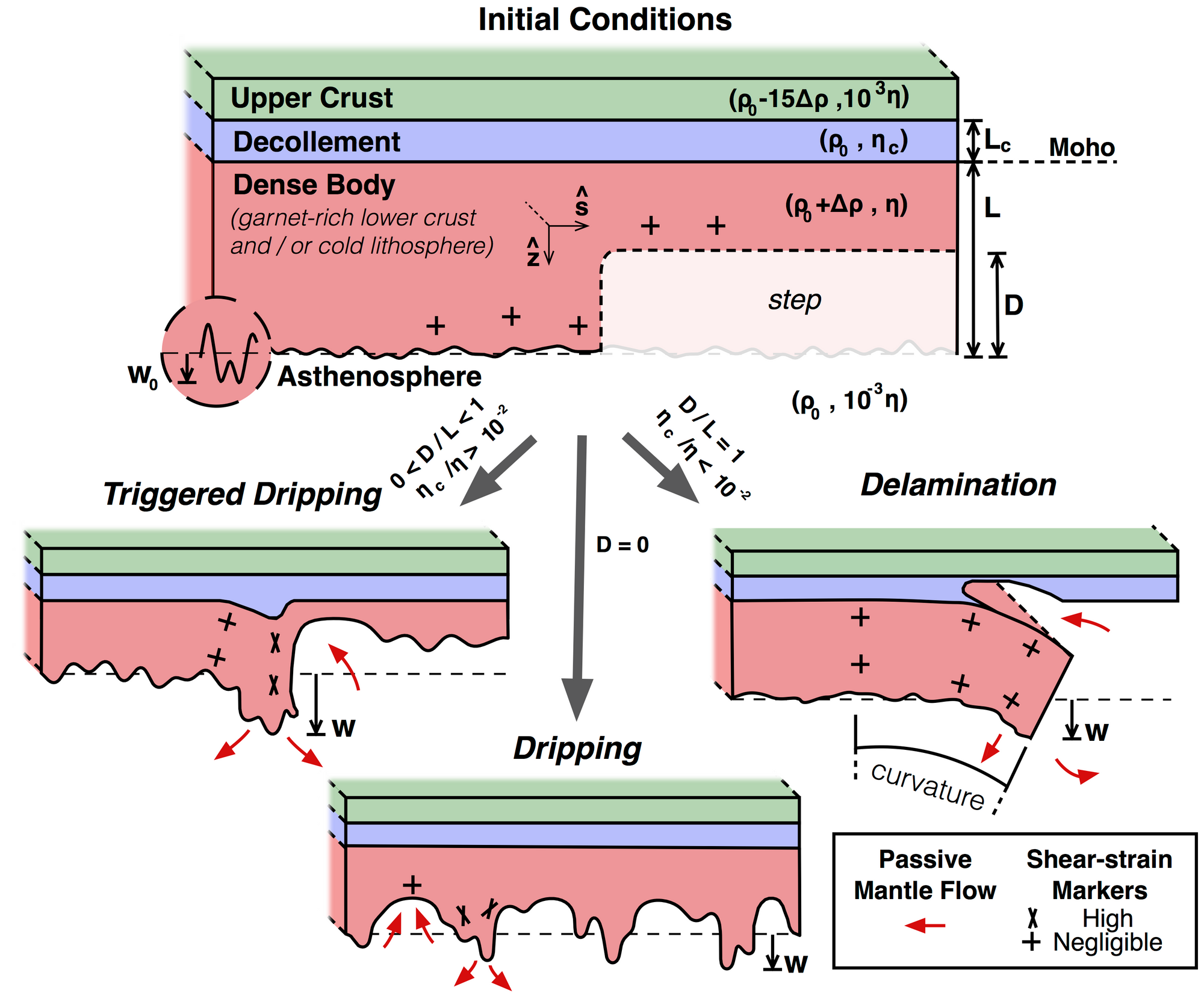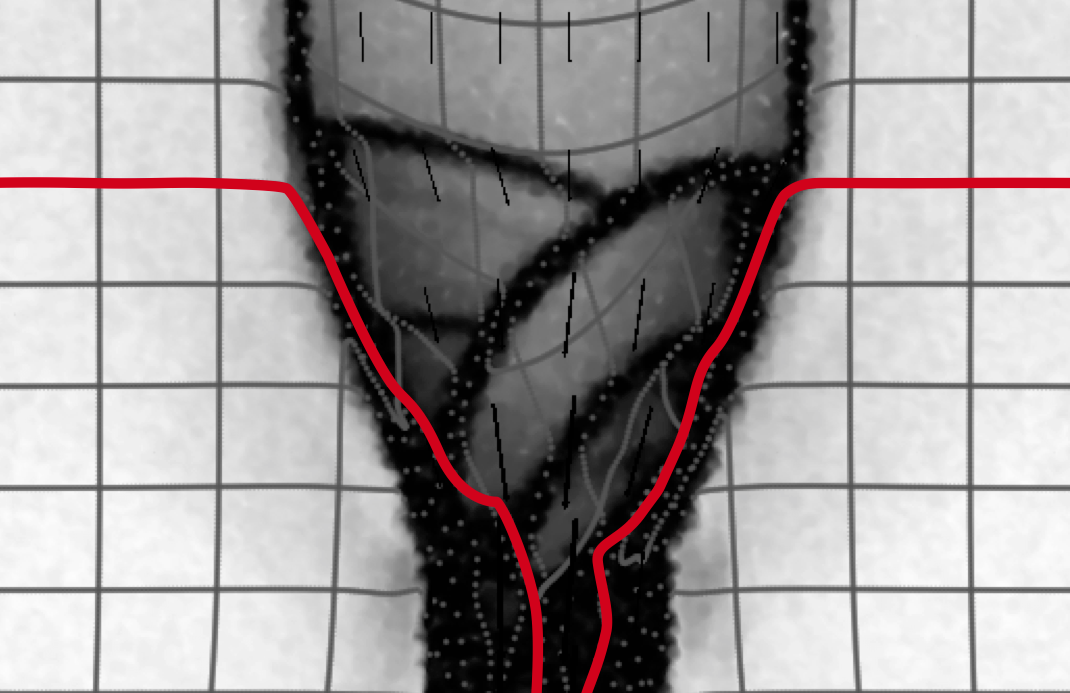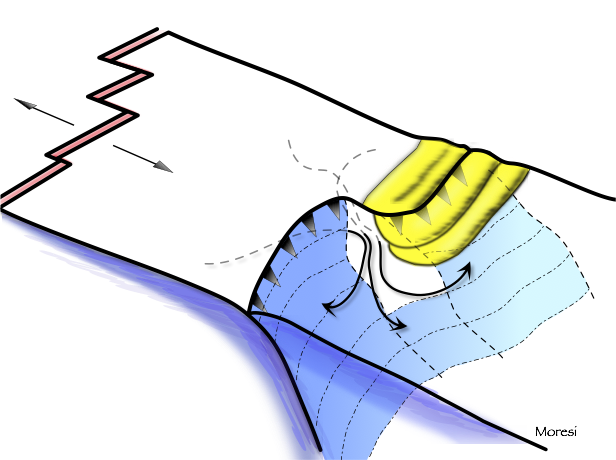
(they don't make them like they used to ... ) Cratons are anomalously-strong regions of the continents that have largely resisted tectonic forces for billions of years. How such strong zones could be forged in a hot, low-viscosity, low stress, early-Earth has been a long-standing puzzle for geologists.




